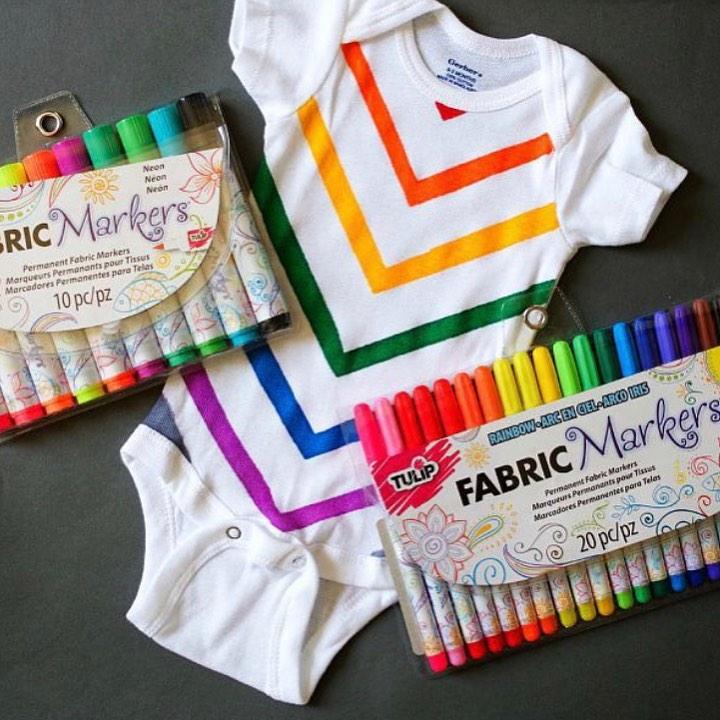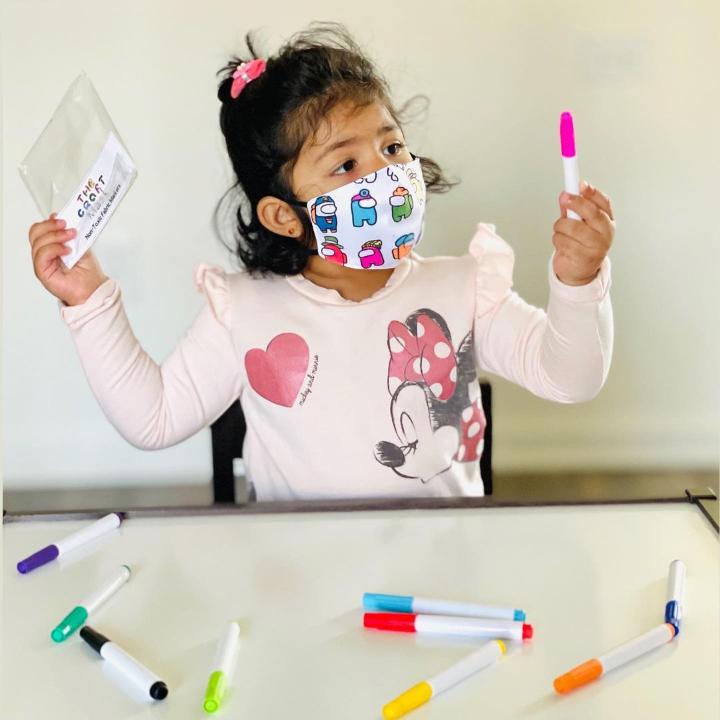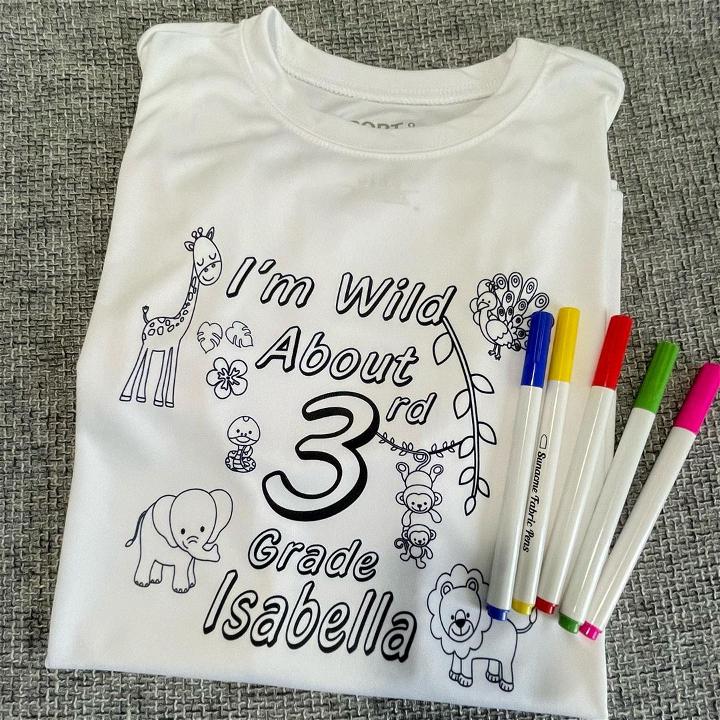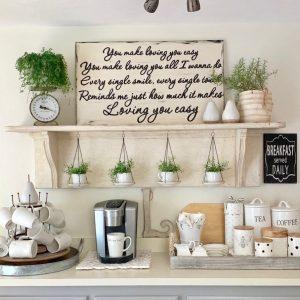Fabric markers are useful tools for designing garments, canvas bags, and other textile products since they provide successful outcomes quickly. The paint can be used as ink, allowing you to easily write, draw, and color. These pigments are suitable to wash after carefully drying—and, if necessary, ironing—the fabric to set your bright artwork.
Most fabric markers perform best on cotton and canvas, although they may be used on a wide range of textiles and through numerous laundering cycles. Determining what is best suited for you may also be influenced by whether you are working on a tiny, one-time project or handing out markers at a crafting party. Fortunately, fabric markers are available in a variety of colors and tip shapes to meet any demand.

What Qualifies a Pen as a Fabric Marker?
A fabric marker incorporates a permanent color (dye, paint, or ink) that is not meant to wash away or disappear with washing. A conventional marker pen branded “permanent” will also most likely not wash out, but these do not available in as many colors as cloth markers.
Things to Consider While Choosing Fabric:
Various Sizes: Fabric markers are available in a variety of sizes, from thin to thick to brush-style types. The narrower the ideas for makers on fabric, the thinner the line you can draw. Do not squeeze on the tip to get a broader line because this can destroy it. Instead, tilt the pan at a little angle to create the line with the marker’s edge, not simply the tip.
Fabric Choice: The grain of your cloth influences the performance of a fabric marker. A gritty grain or rough texture in a cloth indicates that there are “lumps ‘n bumps” that the pen must go over. It is easier to work with fine grain or smooth cloth. If in doubt, try the marker on a scrap of fabric or in an inconspicuous location, such as an inner seam.
Stopping or pausing with the tip of the marker sitting on the fabric will cause the color to bleed into it. Lift the marker off the fabric as you think about what you are doing if you find yourself hesitant.
Lettering: Using a fabric marker instead of a brush makes lettering easier. Practice results in neater letters, and a light pencil line aids in keeping the letters straight.
But do not get too worked up over it because the inconsistency is part of the process of creating something by hand rather than a machine. It contributes to the final product’s identity.
Colorful Patterns in Large Areas: You can “color in” using a fabric marker, but it will quickly deplete your supply. For large areas, fabric paint is less expensive. Allow an area of color to dry before applying another; otherwise, the colors may overlap.
Stenciling: Fabric markers go great with stencils. Run the tip of a pen along the edge of a stencil to create an outline, keeping the pen erect so it does not slip below.
You can “color in” a stencil design with or without the stencil in place. The former allows you to prevent accidentally straying beyond the edge of the pattern; just be cautious that the stencil does not slip while you are working.
Stamping: Fabric markers are ideal for printing on fabric using rubber stamps or on any flattish, non-absorbent surface. The procedure is simple: color the stamp with a fabric marker, flip it over and place it on fabric, push down firmly, and the color comes off the stamp onto the fabric.
The tough part is that you must work rapidly so that the color does not dry on the stamp, which is simple if it is a little stamp. Of course, you can use more than one color on a stamp. Because there will be some color on the stamp, pressing it down a second time will result in a lighter image. Before you do it “for real,” practice on a throwaway piece of fabric to acquire a feel for it.

The 8 Best Fabric Markers:
Best Overall: Crafts 4 All Dual-Tip Fabric Markers Pens:
This set of fabric markers from Crafts 4 ALL is hard to beat in terms of price and functionality. This set includes 12, 20, or 36 pens in a variety of colorful colors. Each one features two tips—one fine for outlining and detail work and one broader for filling in areas—making them adaptable adequate to be used for a wide range of items, from footwear to t-shirts and even beyond.
TULIP Dual-Tip Fabric Markers are the best for shirts:
Tulip is a well-known brand of fabric markers, and these dual-tipped markers have received rave reviews from customers. They are ideal for t-shirts because they have a brush tip for filling in bigger areas as well as an extra-fine tip for outlining and detailed designs. This set has 14 different hues that cover the rainbow. They are most effective on white or light-colored materials.
Best Fabric Markers for Shoes:
This Best set of markers is hard to beat for jazzing up your kicks. You may adorn nearly any fabric with them, and their bullet tips allow you to create elaborate patterns on all sections of your shoes. Customers love them, with the majority claiming that they do not bleed at all and that the colors stay brilliant even after laundering.
TULIP Fabric Paint Markers is the best for silk:
Tulip’s opaque markers can be used to make beautiful, one-of-a-kind silk scarves. This 15-pack of bullet-tip markers comes in a variety of colors, featuring gold and silver. They function on both bright and dark materials (many fabric markers only show up on white or light-colored surfaces) and allow you to create trendy scarves in a variety of color schemes.
Best for Onesies: Crafts 4 All Fine Tip Fabric Markers:
You can never go wrong with this Crafts 4 ALL collection for glamming up onesies. The box contains 24 markers in a variety of colors, including neutrals like brown and black as well as vibrant tones of yellow, pink, and blue. The bullet-tips are adequate for developing customized designs, and they operate on any material. The no-bleed ink is also non-toxic and child-safe, which is vital when making something for a baby.
Best Sewing: Dritz Dual Purpose Marking Pen:
For many craft tasks, you want ink that will stay put, but for sewing, you want it to fade away after a while. Dritz’s marking pens are perfect for the job. They allow you to make the marks you need such as quilting, needlepoint, and other sewing crafts, then they vanish with no trace of their presence—all without any need to completely wash your creation.
Sharpie Stained by Sharpie Permanent Fabric Markers is the best for hats:
With only a few swipes of these Sharpie fabric markers, you can turn a plain hat into a one-of-a-kind, eye-catching piece. The set includes eight markers in black, blue, green, yellow, orange, red, pink, and purple, and while they seem similar to conventional Sharpies, they are particularly made for fabrics. They have brushing tips and are ideal for outlining and filling in big areas.
SHARPIE Rub-a-Dub Laundry Markers are the best for labeling:
When you do not want to be creative and only want to identify clothes so it does not get lost at camp, school, or elsewhere, Sharpie has these simple Rub-a-Dub markers. They feature a fine point, allowing you to write in small spots, and the ink will not smear in the washing machine, even if you use bleach. These markers are also excellent for autographing garments.

Conclusion:
Fabric painting with a marker pen or paint pen instead of a brush and paint is especially handy for painting delicate lines. And there is no need to clean the brush afterward! Fabric markers and paint pens provide excellent control for “coloring in,” perform well with stencils, and can be used in conjunction with rubber stamps.




